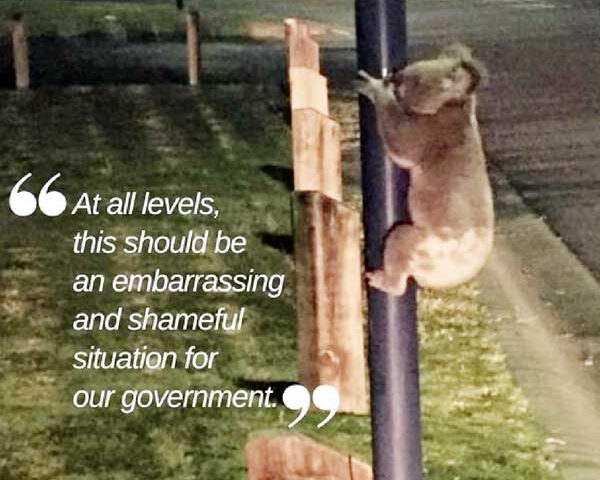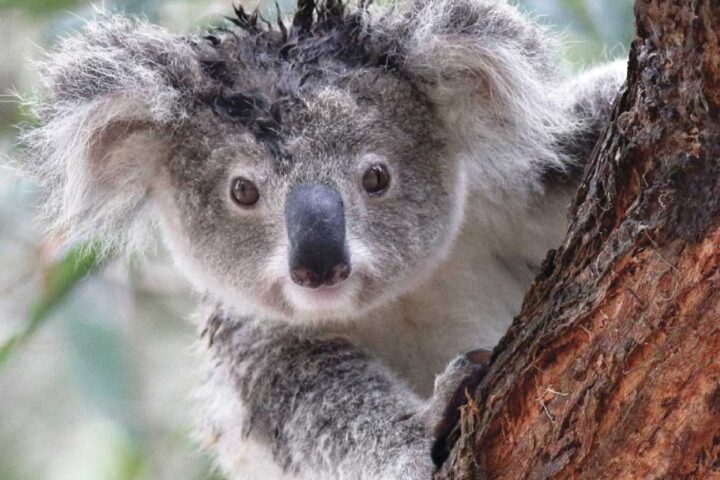<http://www.bangkokpost.com//
at 04:51 PM
– Online news:
Pattaya Dolphin World has been giving tourists in the Thai resort town the
chance to swim with dolphins, and outraging animal welfare activists, since
it opened in 2011.
The proliferation of such places, where animals are paraded for photo
opportunities and their wellbeing allegedly neglected, has drawn growing
protest. NGOs are mounting campaigns and protests to stop the opening of a
separate dolphinarium in Phuket due to open in October.
“We are teaching children all the wrong things,” said Richard O’Barry, head
of the conservationist group DolphinProject.org.
A tiger is enclosed with piglets but no vegetation in a small sealed room
as school children peer through the glass at them at the Siracha Tiger Zoo
near Pattaya. (EPA photo)
“Children come to these shows and go away from them thinking that these
places are where the animals belong,” said Mr O’Barry, also the host of the
award-winning 2009 documentary *The Cove*, which portrays the annual
traditional killing of wild dolphins in a Japanese town.
The crowd at the Pattaya dolphinarium shows no awareness of the
controversy. Laughter and squeals of delight fill the air as the dolphins
perform tricks.
“That was amazing,” said Victoria Maltseva and Roman Lizander from Russia,
holidaying in Thailand. They had each paid 2,500 baht for the chance to
swim with the animals, which include endangered species.
The dolphinarium displays two Irrawaddy dolphins and a Indo-Pacific
humpback. The Indo-Pacific humpback is listed as near-threatened by the
International Union for Conservation of Nature. The Irrawaddy dolphins are
listed as critically endangered, and their commercial trade is forbidden.
“The rise of tourists from countries with less awareness of animal welfare
issues has resulted in more of these cheap shows,” said Edwin Wiek, head of
the Wildlife Friends Foundation Thailand, which works to rescue injured,
tortured or trafficked animals and rehabilitate them to the wild where
possible.
At Pattaya Dolphin World, the trainers say most of their clients hail from
Russia or China.
“A lot of people from these countries do not care about the animals but
rather just want to see a show,” says Mr Wiek.
*Related: *Planned Phuket dolphin show sparks protests
<http://most-recent/426922/
Dolphin World officials dismissed charges of trafficking endangered
animals, saying all their dolphins were rescued from beachings or
fisherman’s nets.
The Pattaya Dolphin World and Resort is one of many animal-centred tourist
destinations to open up or expand in recent years.
A young tourist sits on an Indo-Pacific humpback dolphin as it whirls a
hula-hoop around its nose at Pattaya Dolphin World. The dolphin species is
listed as near-threatened by the International Union for Conservation of
Nature. Their captive life is to perform tricks that they are commanded to
repeat throughout each day for tourists. (EPA photo)
In Bangkok, Pata shopping mall has a zoo on its rooftop where space is
limited and facilities outdated. A gorilla named Bua-noi has been living
there for the past 27 years in a concrete enclosure with only a rubber tyre
for company.
Elsewhere in the country, tiger temples and parks are being built to
satisfy the demand for tourist selfies with chained-up tigers.
Sriracha Tiger Zoo, 100 kilometres east of Bangkok, shows cubs being raised
and nursed by sows alongside piglets.
The sign on the display, written in English and Mandarin, says that this is
an experiment conducted by the zoo to make the tigers less aggressive.
“I am enjoying it, but maybe I shouldn’t,” said Sarah Gibbs, a teacher from
Britain who had her picture taken with a tiger cub.
Mr Wiek estimates that some of these businesses make as much as 400,000
baht per day. None of them “have anything to do with conservation,” he
said. He also alleged the tiger parks are involved in trading the animals
to China where their parts are harvested for traditional medicines.
“A lot of these tiger farms will let tourists play with the cubs and when
they get older ship them off [for sale]” Mr Wiek said. “Individual tigers
can fetch up to $6,000 on the black market.”
A spokesman for the Sriracha zoo said its high profile meant a lot of media
attention but also the close scrutiny of the authorities.
An orangutan and baby look out from behind bars at Pata Zoo, situated on
the top floor of a shopping centre in Bangkok. (EPA photo)
“I can guarantee that under no circumstance are we involved in the
underground trading of these animals.”
Zoo operators in Thailand need a licence and permits from the National
Parks, Wildlife and Plant Conservation Department. The process includes an
inspection, but there are no clear laws on animal welfare, a department
official said.
Activists say that widespread corruption means enforcement of any
regulations is poor, and cub births are often unregistered.
A study by the wildlife trade-monitoring network TRAFFIC found that body
parts from over 1,400 tigers were seized around Asia between 2000 and 2013,
with Thailand, Cambodia and Laos representing major stops along the illegal
overland routes.
“They want to sit on an elephant, sit next to sleeping tigers and get
photographs of these animals without caring how they got there or if
they’re being looked after,” Wiek said.
“These kinds of attractions will only hurt Thailand in the long run,” said
Nancy Gibson, founder of the Love Wildlife Foundation. “As the world shifts
towards eco-tourism and people become more aware, these attractions will
only diminish Thailand’s reputation.”



